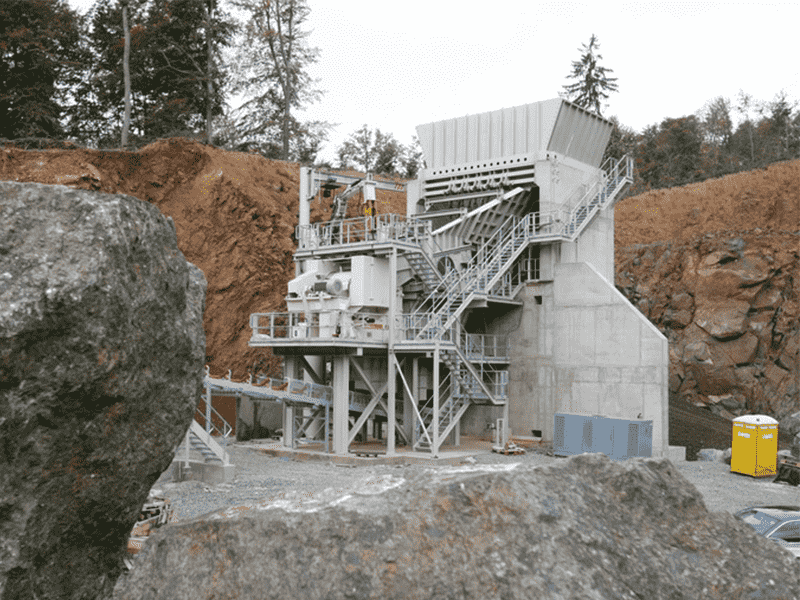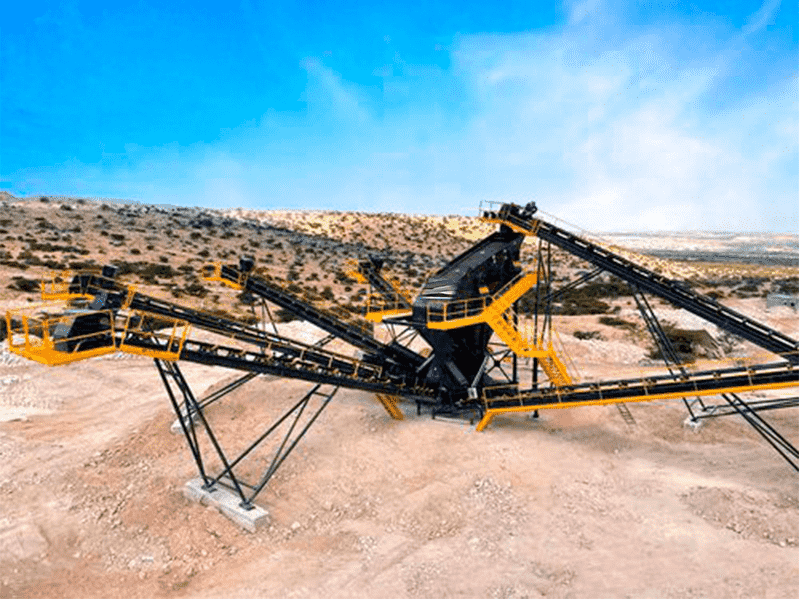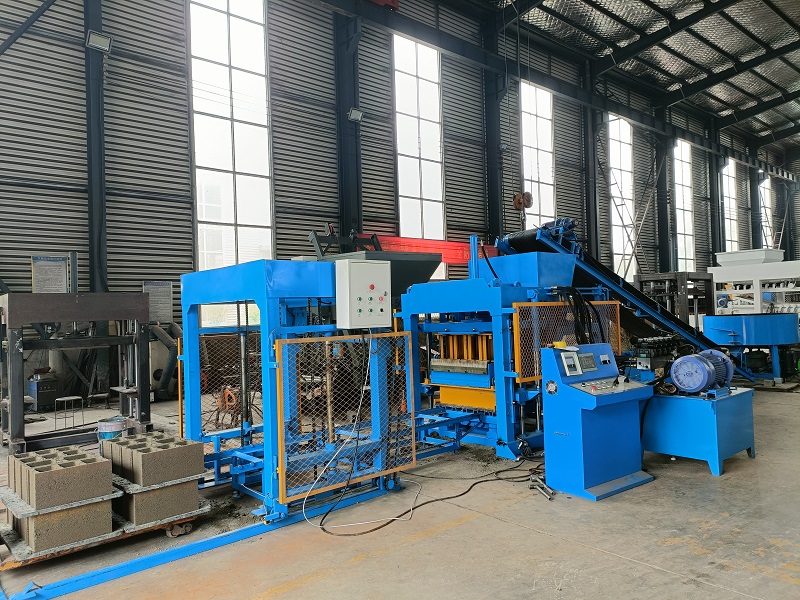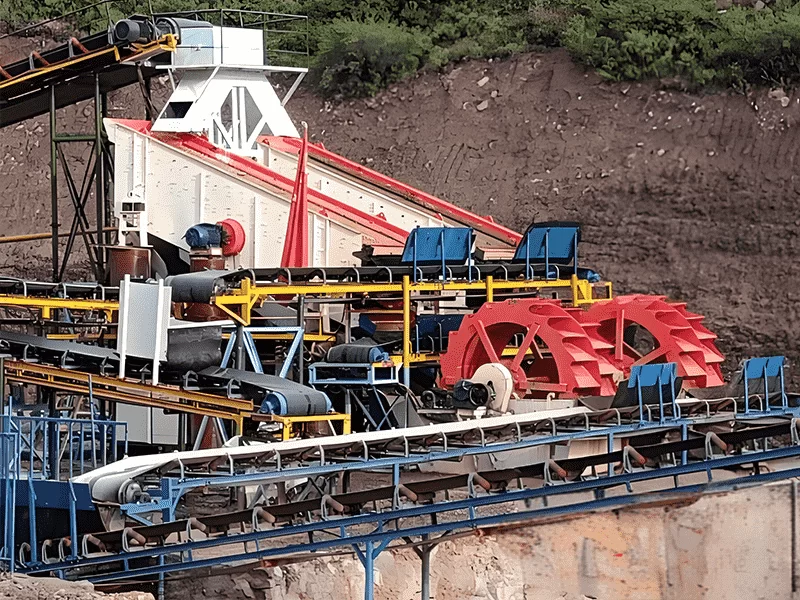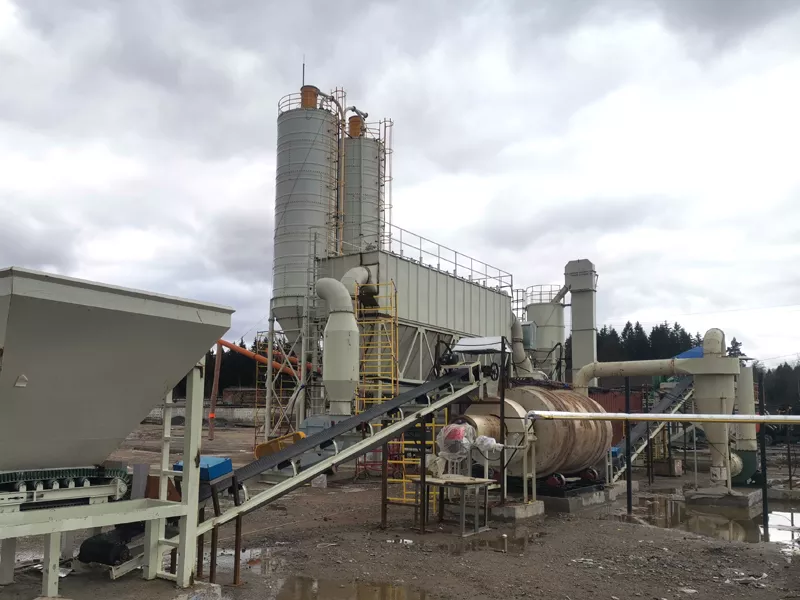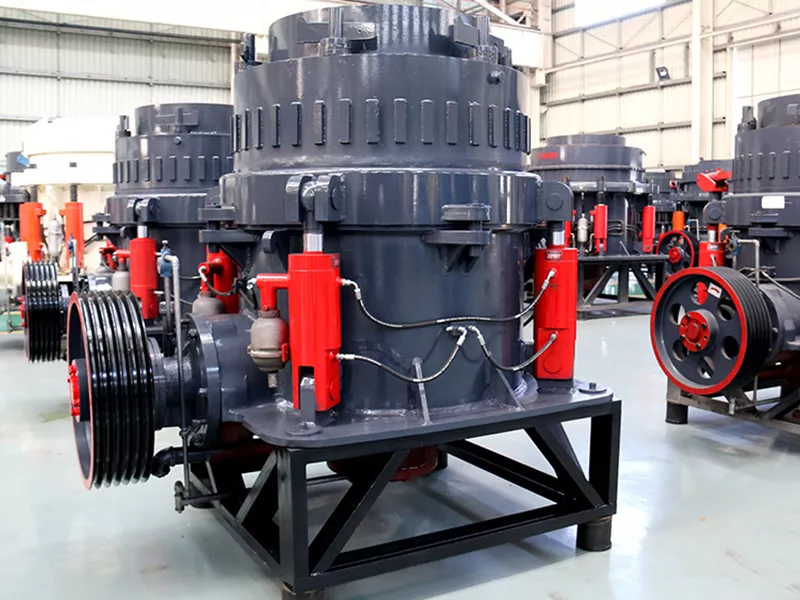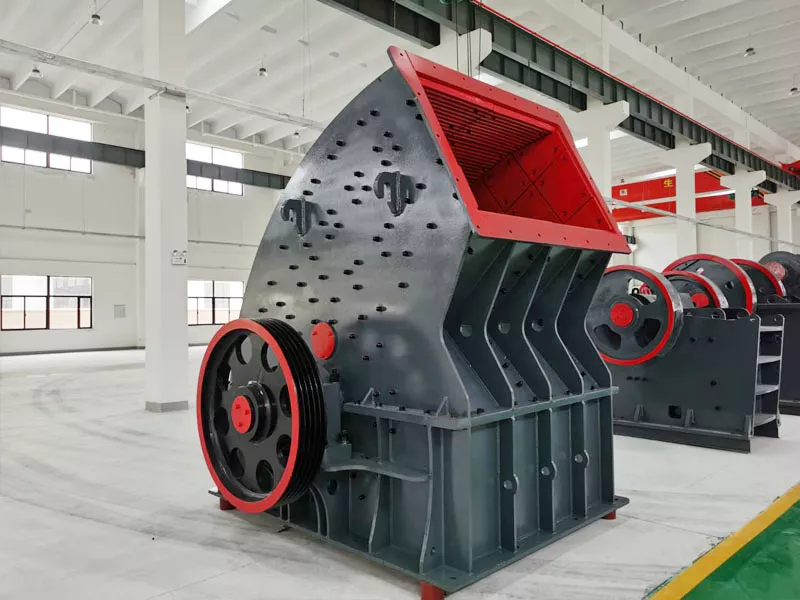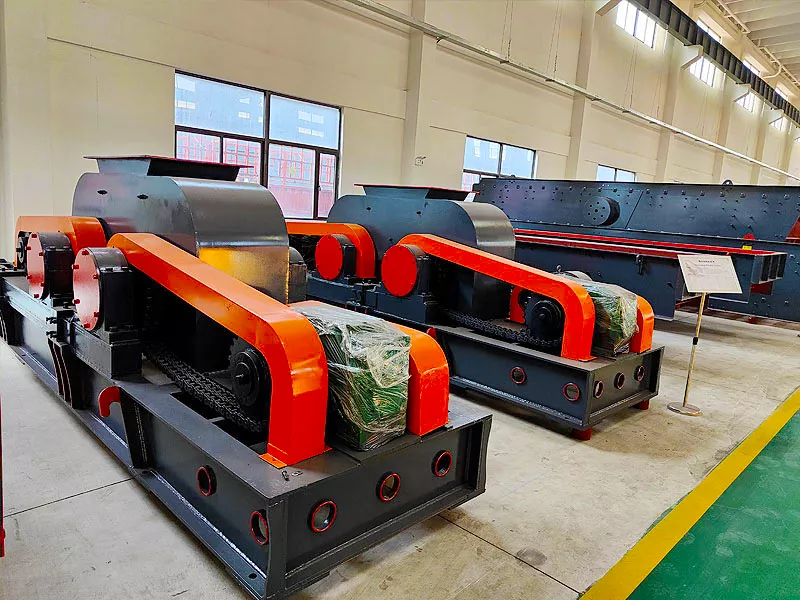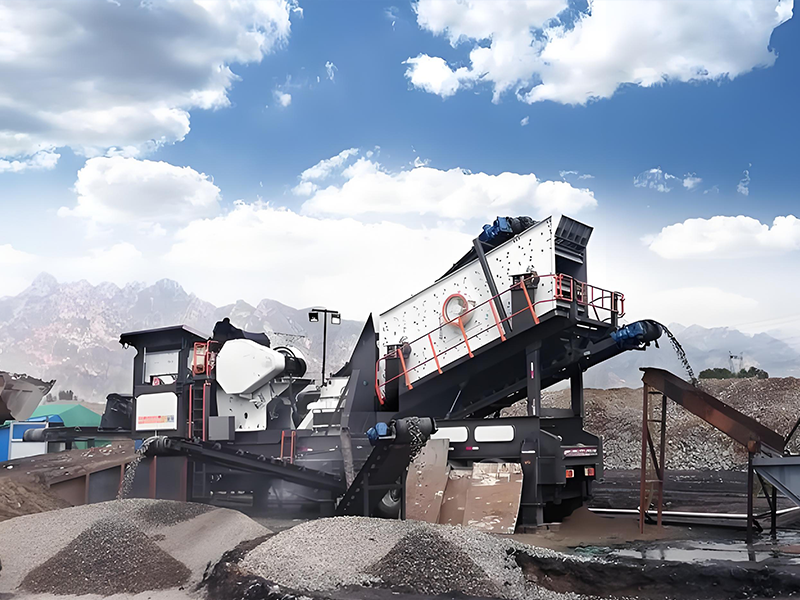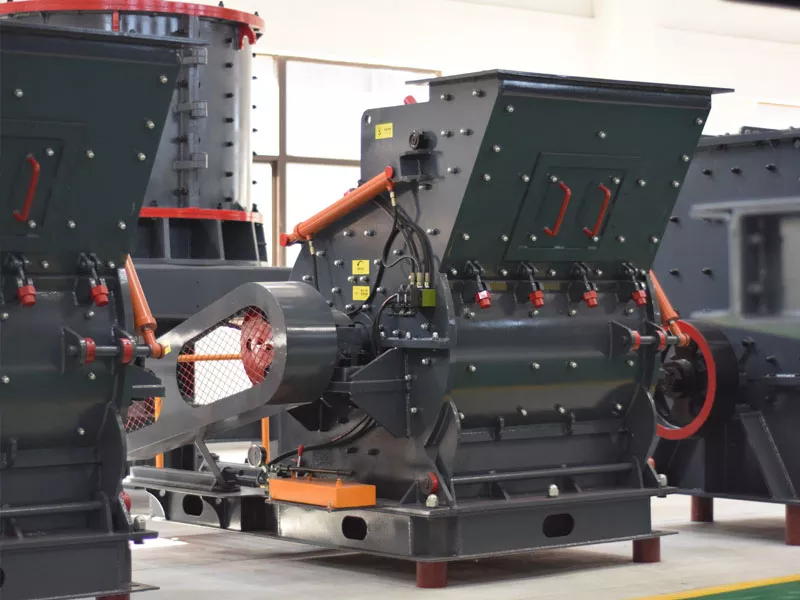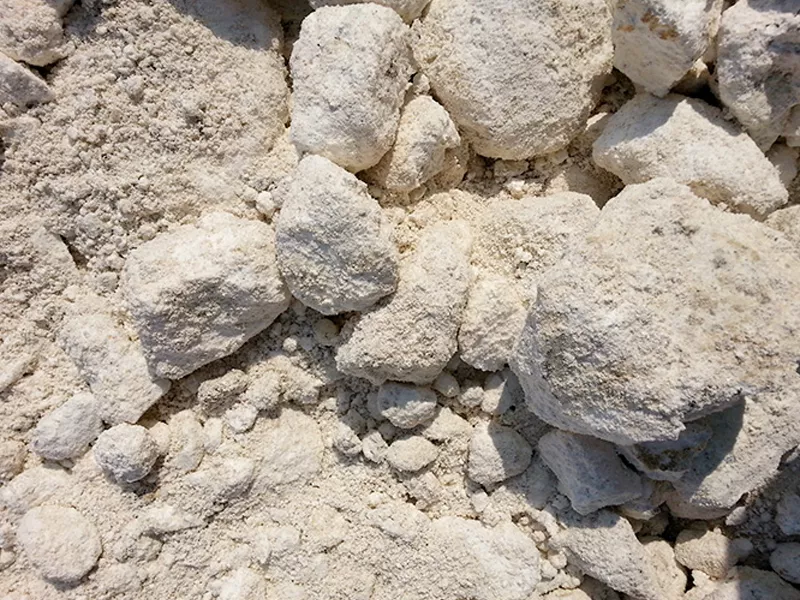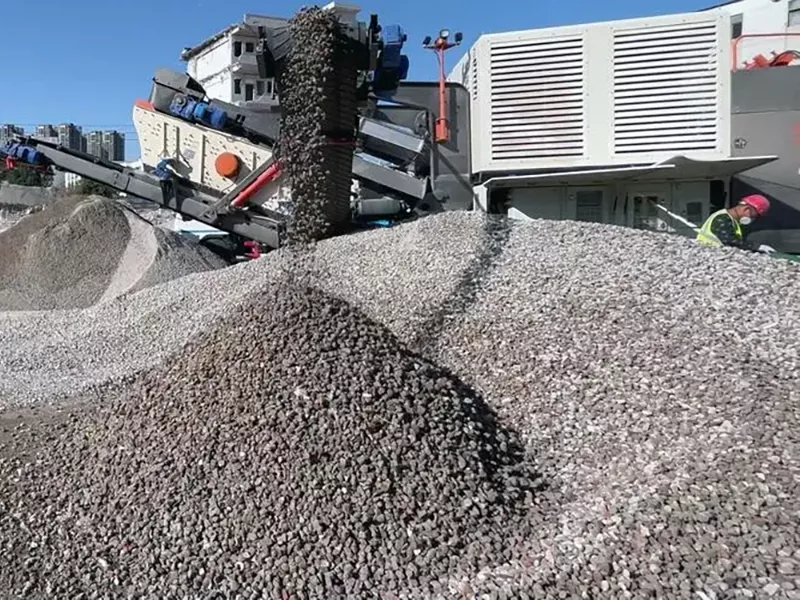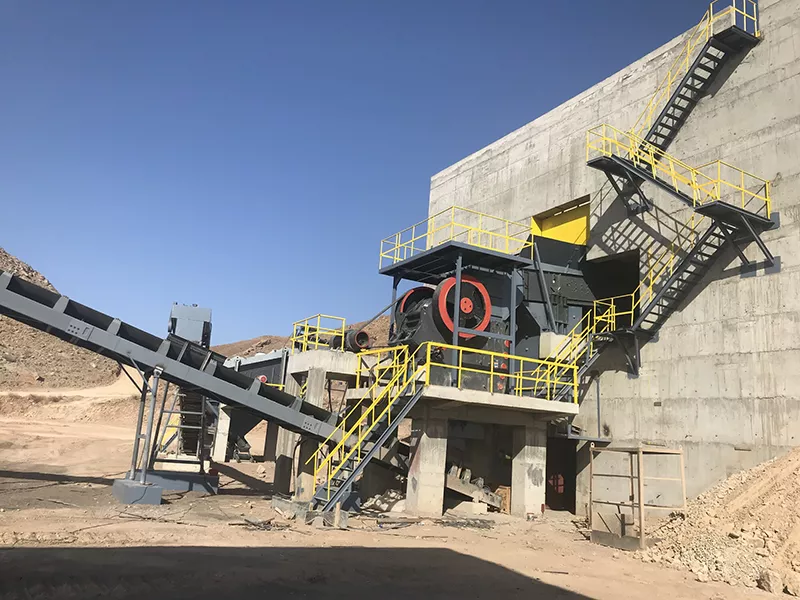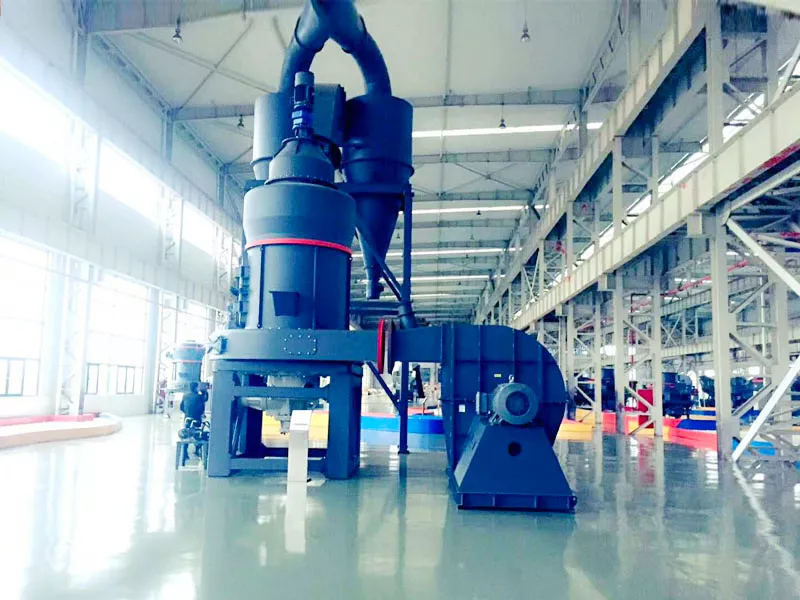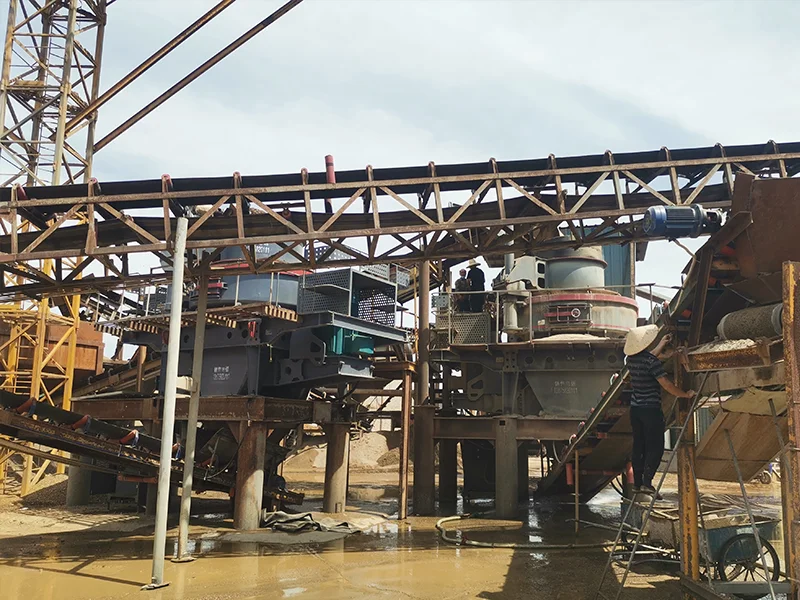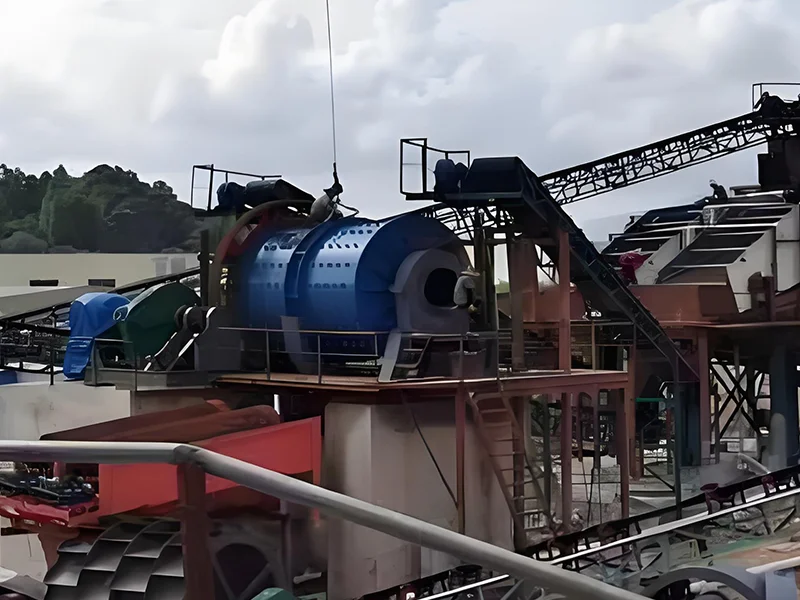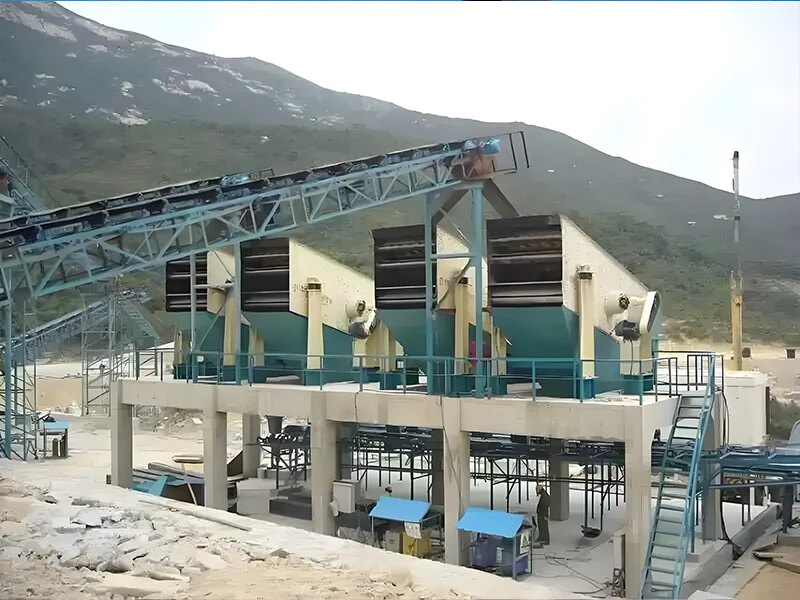Stationary Crushers
Mobile Crushers
Blog
Raymond Mill Airflow Adjustment: Key Requirements for Efficient Milling
This article emphasizes the critical role of airflow adjustment in the operation of Raymond mills, a common type of milling equipment. It explains how both insufficient and excessive airflow can negatively impact the mill’s performance, leading to clogging or a decreased product qualification rate. The article provides guidelines for adjusting the fan’s airflow to achieve the desired product fineness and prevent powder accumulation. It also highlights the importance of proper airflow setting during the initial installation to meet specific production requirements and advises against arbitrary adjustments during operation. Furthermore, the article offers valuable tips for the installation and debugging process, including rust prevention, foundation laying, secure connections, foreign object removal, wiring verification, voltage checks, and preheating to detect potential issues. These insights are crucial for ensuring the smooth and efficient operation of Raymond mills.
What Is the Difference Between a Sand Making Machine and a Crusher?
This article outlines the key differences between sand making machines and crushers, focusing on five main aspects: equipment type, application field, crushing stage, feed size, and finished product size. Sand making machines, a type of vertical shaft impact crusher, are used for medium and fine crushing, primarily in sand production for construction. Crushers, including jaw, cone, impact, and mobile crushers, handle larger feed sizes and are used for primary crushing of medium-hard materials. Crushers produce larger finished products, while sand making machines generate finer sand, typically under 5 mm, meeting construction standards. The article emphasizes the distinct yet complementary roles of these machines in the sand and gravel production process.
What Is a Ball Mill? Types, Applications, and Working Principle Explained
This article provides a comprehensive overview of the ball mill, a crucial grinding device with a century-long history. It details the ball mill’s widespread applications across various industries, including mineral processing, metallurgy, and pharmaceuticals, highlighting its versatility in handling diverse materials in both dry and wet grinding modes. The article then delves into the two primary types of ball mills used in mineral processing: the overflow ball mill, ideal for fine grinding and regrinding stages, and the grid ball mill, suited for primary grinding operations. It further explains the working principle of ball mills, emphasizing the impact of rotational speed on operating modes and grinding efficiency. This detailed guide offers valuable insights into the functionality and applications of ball mills, making it a valuable resource for understanding this essential piece of equipment.
What Is the Ideal Ball Mill Discharge Fineness for Optimal Production?
This article explores the relationship between ball mill output and powder fineness in industries like cement and chemicals. While finer powder is often desired, it’s not always better. Overgrinding can lead to loss of valuable minerals, increased costs, and lower efficiency. Conversely, too coarse a grind impacts separation processes. The key is to find a balance, controlling fineness to optimize both product quality and production efficiency. Proper operation and material consideration are also vital for maximizing output.
Main Equipment Configurations in a Sand and Gravel Aggregate Production Line
Learn about the essential equipment in a sand and gravel aggregate production line, including feeders, crushers, screens, and mobile stations. Discover how to optimize your setup for high efficiency and product quality.
How to Deal with Bearing Damage in Circular Vibrating Screen
This article addresses the common issue of bearing damage in circular vibrating screens, a crucial piece of equipment in various industries. Improper bearing selection, incorrect fit tolerances, inadequate lubrication and sealing, and neglecting shaft thermal expansion are identified as key causes. Solutions include choosing the right bearing type (cylindrical or spherical roller bearings), ensuring proper fit tolerances, adopting thin oil lubrication systems, and designing for shaft thermal expansion. These measures can significantly reduce the risk of bearing failure and extend the equipment’s lifespan. For further assistance, consulting with experts like those at Dingbo Heavy Industry is recommended.
Request a Quote


